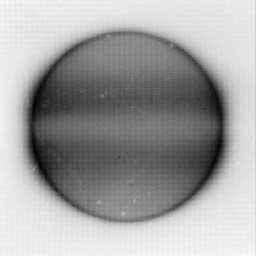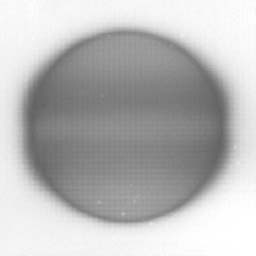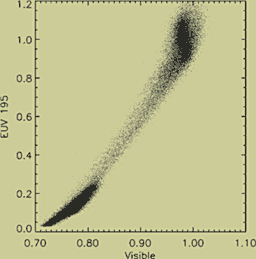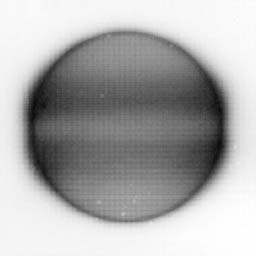|
|
|
The response degradation was not uniform. Instead the degradation was patterned in proportion to the EUV exposure. As the average EUV intensity in the coronal and transition region images is highly non-uniform, the calculated flat-field is distorted by strong residuals of local solar activity features, especially outside the disk area. The radiation damage therefore is largely unaffected far from the solar limb, while the degradation is strong (50% in this case) over the solar disc, in the form of a negative imprint of an average solar disk.
The current software (EIT_PREP) applies a time and spatially varying correction to account for the flat field. This is based upon work of Auchère and Newmark (Auchère 2000). A flat field can be derived from a series of offpoints of the SOHO spacecraft, using the technique of Kuhn. The flat field determined by Auchère (2000) with the Kuhn method using offpoints generated during a spacecraft Emergency Sun Reacquisition (ESR). Solar features are clearly visible in the flat field in the form of a negative imprint of an average solar disk plus limb brightening plus active region belts.
There is a relationship between the response of the CCD to visible light and the response to EUV light.Calibration lamp images are taken regularly (every two weeks) to monitor the degradation in visible light. Using the visible to EUV relationship, one can convert any calibration lamp ratio into an EUV flat-field.
|
Measured EUV
flat field
|
Calibration
lamp ratio
|
 |
 |
|
Visible to
EUV relationship
|
Recomputed
EUV flat field
|
 |
 |
Last revised: Thursday, February 12, 2004 6:34 PM - F. Auchère